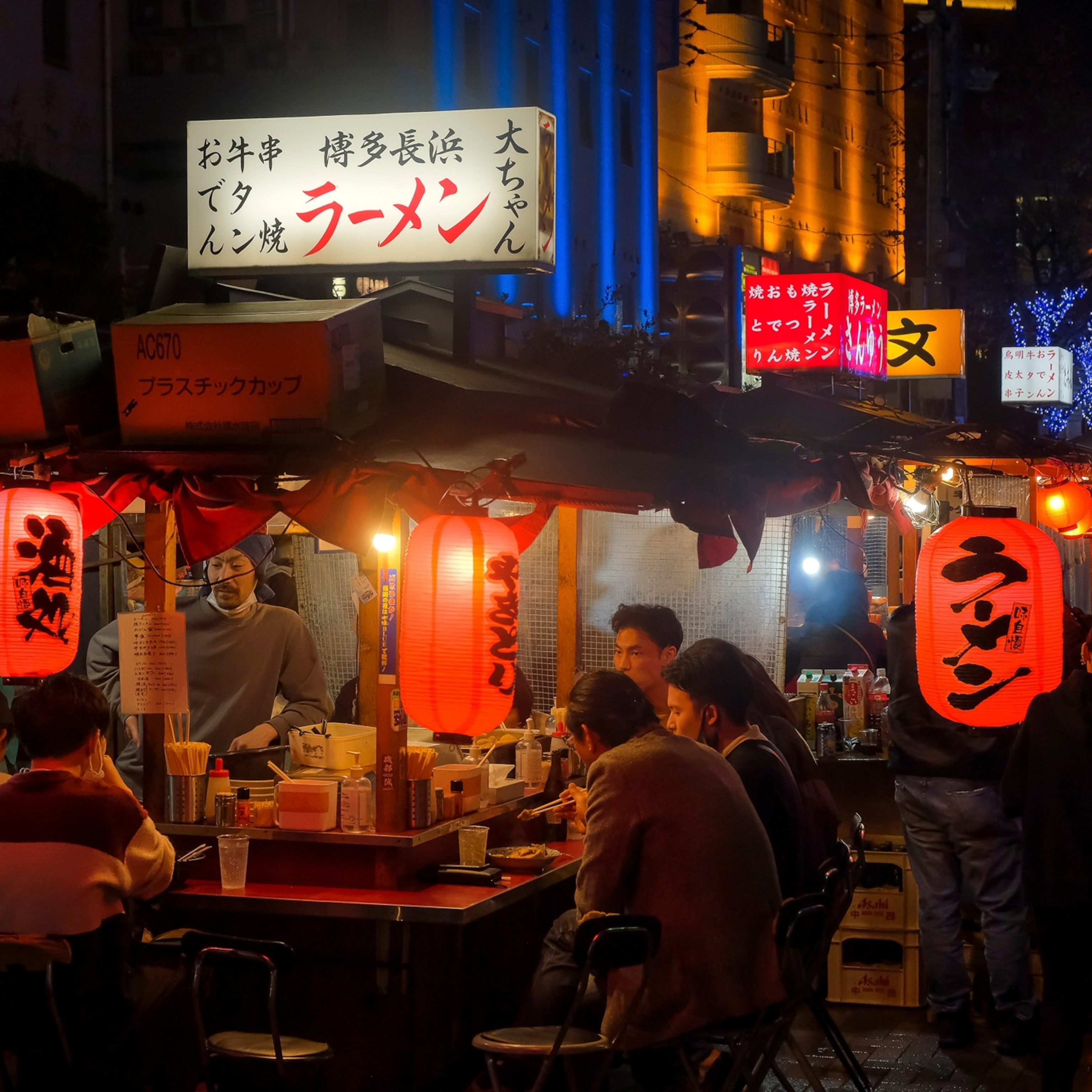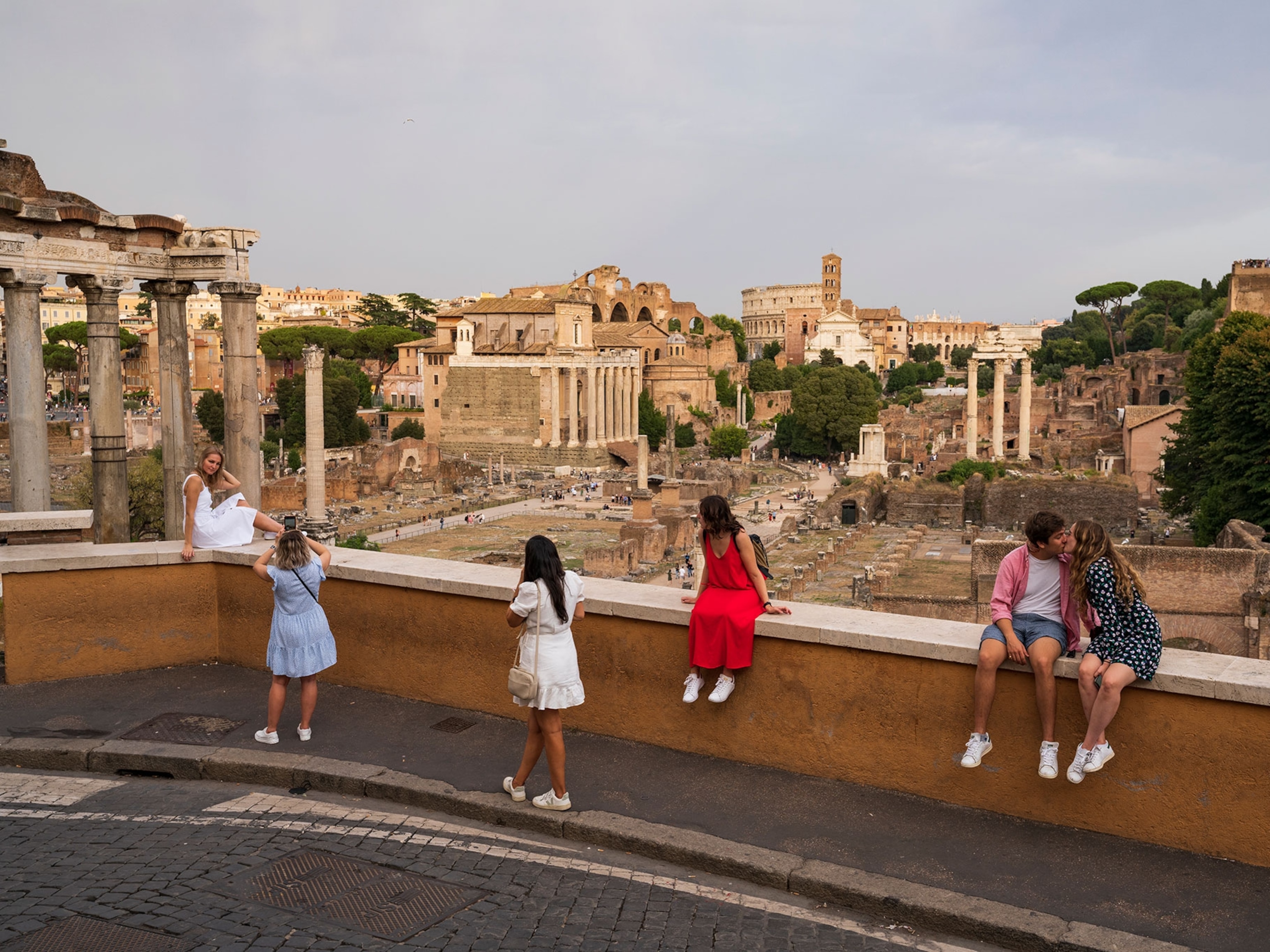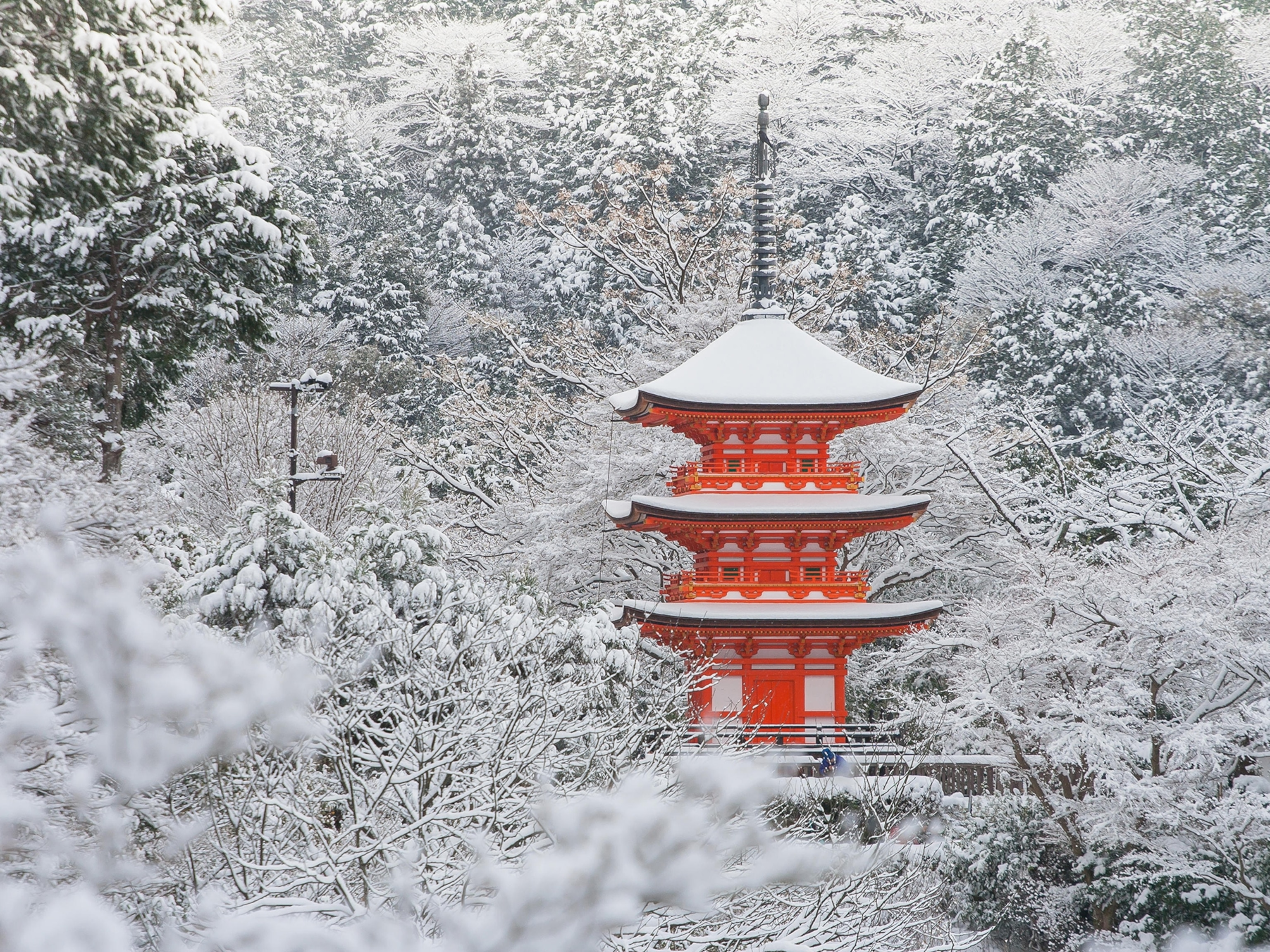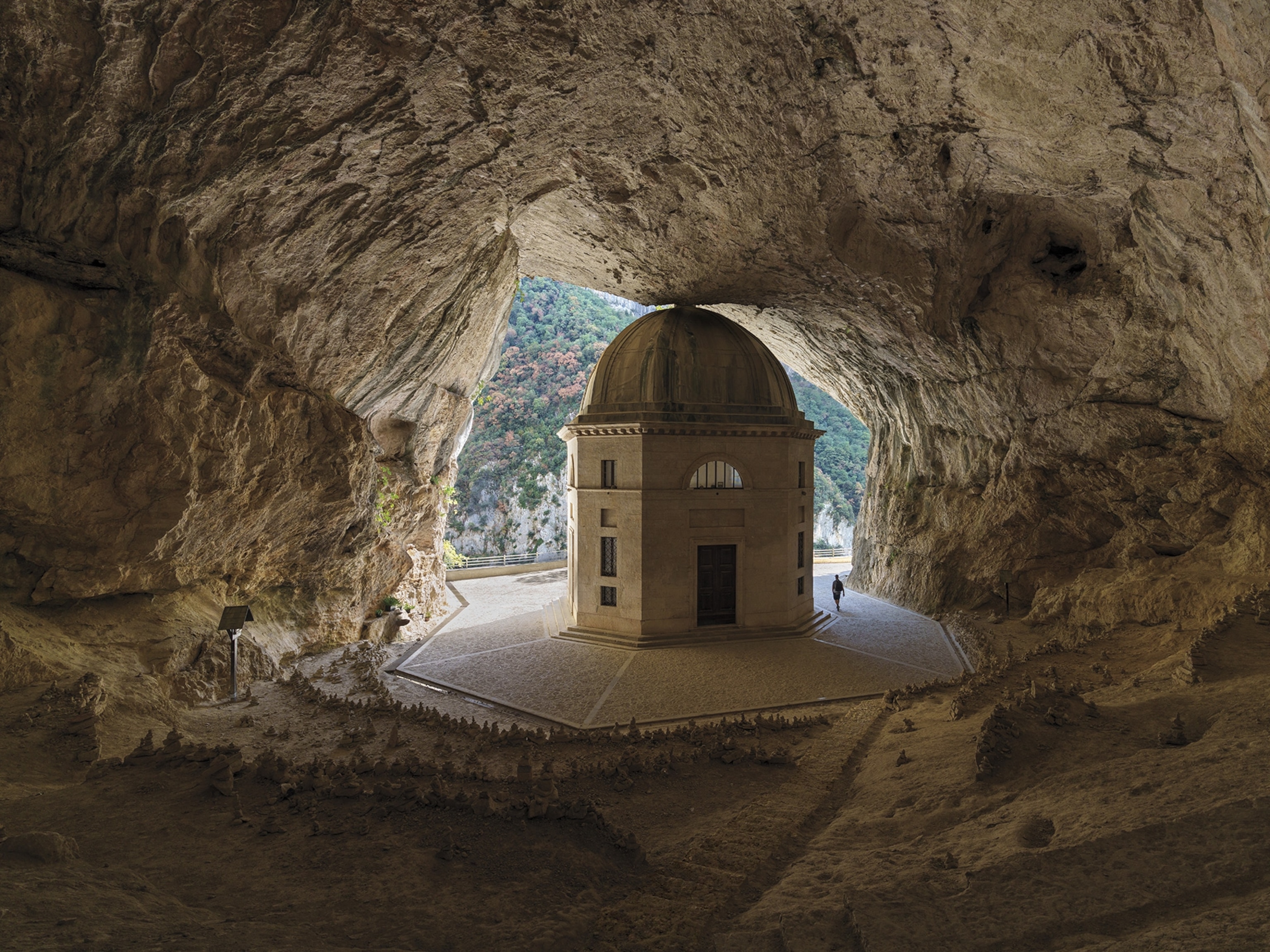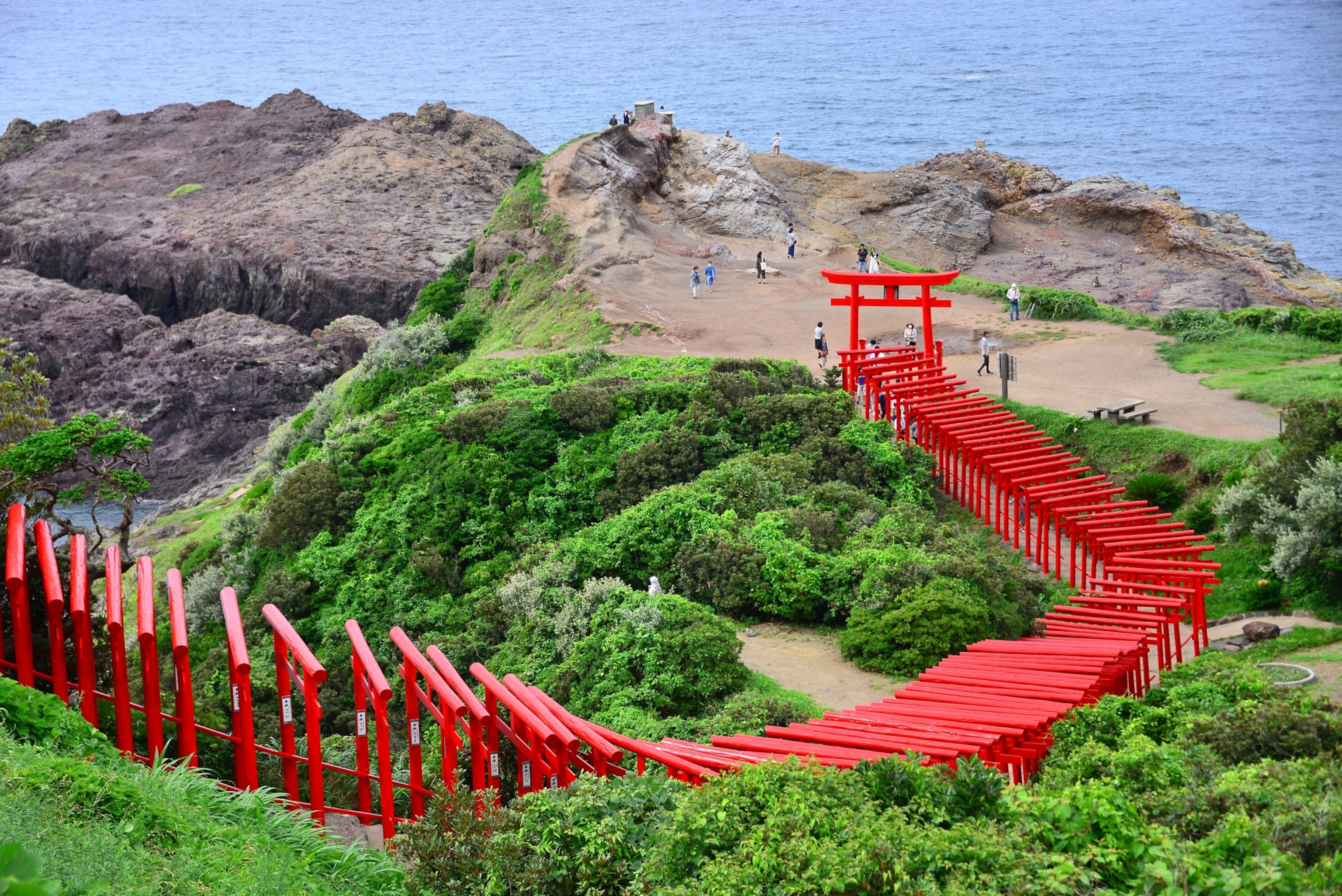
The essential guide to visiting western Japan
Most visitors hit the "golden triangle" of Tokyo, Osaka, and Kyoto on Honshu's east coast. Here's why the regions of Chugoku and Shikoku shouldn't be overlooked, and everything you should see during your trip.
Why you should visit Chugoku and Shikoku
Western Japan’s Chugoku and Shikoku regions are an antidote to overtourism. Yes, Hiroshima is a deservedly popular destination, but branch out from there and Chugoku offers a tantalizing mix of tranquil gardens, ancient shrines, and peaceful hot-spring towns. Cross the Seto Inland Sea into Shikoku—the smallest of Japan’s four main islands—and you can add historic castles, laid-back art enclaves, and scenic bike rides to the long list of potential experiences. It’s all perfect for an unhurried and uncrowded journey, and yet all within easy reach of major destinations like Tokyo and Kyoto.
The best time to visit Chugoku and Shikoku
Spring: Take a timeless approach to the annual cherry blossoms, with an early-April picnic under the pink petals of Matsue Castle. Go off the beaten path with some hiking and boating in the rugged Sadankyo Gorge. Enjoy the cutting-edge art of the 2025 Setouchi Triennale, which unfolds on multiple islands in the Seto Inland Sea from mid-April to late May.
Summer: Take to the streets of Tokushima for Japan’s biggest and most colorful summer dance festival, the mid-August Awa Odori. Cool down with some stand-up paddling or kayaking along the scenic Niyodogawa River, known for its cobalt-blue water. Go surfing, whale watching, or soak up the sun away on the peaceful beaches of Kuroshio Town.
Fall: Hike through the fiery foliage of Mount Ishizuchi, western Japan’s tallest peak at 1,982 meters (6,500ft). Observe the Kamiari rituals at Izumo Taisha Shrine in Shimane, held over a week in mid-November to welcome Japan’s eight million Shinto gods to the shrine.
Winter: Hit the slopes of Hiroshima’s snow resorts, which offer high-quality snow and runs for all levels of skiers and snowboarders. Enjoy the stunning Winter Fantasy illuminations at Sanuki Manno Park, where from late November to mid-January 32sqm of parkland is covered with multi-colored LED lights. Warm up in a piping hot onsen bath in Dogo, one of the oldest hot springs in Japan.
(Related: The essential guide to visiting Kyushu, Japan.)
Chugoku and Shikoku fast facts
Population: Chugoku 7.2 million, Shikoku 3.7 million
Largest cities: Hiroshima (Chugoku) and Matsuyama (Shikoku)
Government: Japan is a constitutional monarchy with a parliamentary government. Emperor Naruhito became head of state in 2019.
Best time to visit: April to May, October to December
Currency: Japanese yen; ¥152 = US $1 (currency converter)
Airports: Hiroshima Airport (HIJ) and Matsuyama Airport (MYJ)
Time Zone: Japan Standard Time (UTC+9)
Lay of the land
Chugoku
Hiroshima Prefecture: At the heart of the Chugoku region, Hiroshima is best known for the Peace Memorial Park and Museum, located in Hiroshima city. It serves as a moving reminder of the horrors of nuclear war. Nearby, travelers can also visit Miyajima Island for Itsukushima Shrine, famous for the way the shrine and its distinctive torii gateways appear to float on water when the tide is in.
Shimane and Tottori Prefectures: North of Hiroshima, these two prefectures are among the most under-visited in Japan. In Shimane, stop by the Adachi Museum of Art for its award-winning Japanese gardens and learn about the region’s industrial heritage at the UNESCO-designated Iwami Ginzan Silver Mines. Tottori is known in Japan for its sand dunes, where you can sandboard, paraglide, and check out the world’s only indoor museum dedicated to sand sculptures.
Yamaguchi and Okayama Prefectures: West of Hiroshima, Yamaguchi is home to the photogenic rows of torii gateways at Motonosumi Inari Shrine, after which you could stay in the small town of Nagato Yumoto Onsen for its traditional ryokan inns and hot spring baths. East of Hiroshima, add a night in Okayama for its castle and the magnificent Korakuen, regarded as one of the finest landscaped gardens in Japan.

Shikoku
Ehime Prefecture: Start in Shikoku’s biggest city, Matsuyama, the site of Matsuyama Castle, the historic Dogo Onsen hot spring baths, and a great place to learn about haiku poetry. To the north, cycle the Shimanami Kaido, a 43-mile route that hops across small islands in the Seto Inland Sea before reaching the pretty port town of Onomichi in Hiroshima.
Kagawa Prefecture: Begin in Takamatsu city with the sprawling Ritsurin Garden and the outdoor sculptures of the Isamu Noguchi Garden Museum. With a second day, grab a ferry for the contemporary art galleries and installations of Naoshima Island, making sure to check out the outdoor installation at Benesse House, including Yayoi Kusama’s now-iconic Yellow Pumpkin. West of Takamatsu, give your quads a workout on the 785 stone steps to Kotohira-gu Shrine, which boasts an exquisite collection of Edo-era fusuma (screen door) paintings depicting tigers against striking golden backdrops.
Tokushima Prefecture: South of Kagawa, many visit Tokushima for boat rides in the Naruto Strait, where opposing currents create swirling whirlpools up to 65 feet in diameter. But you could also head way off the beaten path for the vine bridges and dramatic gorges of the Iya Valley. For something hands-on, try traditional indigo dyeing in Aizumi.
Kochi Prefecture: Visit 400-year-old Kochi Castle to learn about the history of samurai Japan. Pay your respects at Chikurinji, one of the most impressive of the 88 temples on the Shikoku Pilgrimage route thanks to its five-tiered burgundy pagoda. Hike or cycle around the rugged Muroto Peninsula, now designated as a Global Geopark.

Taste of Chugoku and Shikoku
Oysters. Hiroshima is Japan’s biggest producer of oysters (kaki), which are served raw, steamed and grilled year-round. At Kanawa, splurge on an oyster kaiseki course, where the plump local kaki stars in a succession of dishes.
Okonomiyaki. These savory pancakes aren’t unique to Hiroshima, but the city does have a special way of cooking them. At the two dozen Okonomiyaki stalls in Okonomimura (Okonomi Village), chefs add soba noodles to the batter, along with chopped cabbage and various combinations of meat and seafood.
Katsuo-no-tataki. This twist on sashimi—sliced raw seafood—is the signature dish of Kochi Prefecture. Try it at the stalls in Kochi’s bustling Hirome Market, where chefs briefly sear the katsuo (skipjack tuna) over straw-fed flames, then slice it and serve it with citrussy ponzu sauce, salt, and slithers of raw onion and garlic.
Sanuki udon. In Kagawa Prefecture, you’ll find hundreds of restaurants specializing in this al dente wheat noodle – almost always for pocket change. Waraya, set in a thatched building by Shikoku Mura architectural park, serves the noodles in a hot broth or with a dipping sauce, and you can add side orders of tempura.
(Related: The essential guide to visiting Tohoku, Japan.)
Where to stay Chugoku and Shikoku
Azumi Setoda: Japan has plenty of traditional ryokan inns, but very few are like this renovated 140-year-old merchant’s estate. With a mix of new and old, meals range from traditional Japanese breakfast to French-inspired multi-course dinners, while the hotel offers experiences such as cycling tours, lemon harvesting, and workshops with local artisans.
Chiiori: For a night surrounded by tranquility and nature deep in Shikoku’s Iya Valley, opt for this 300-year-old thatched farmhouse. Available for a single group of up to 10 per night, you could self-cater or order a traditional dinner featuring locally sourced produce.
Guntu: If you want to explore the Seto Inland Sea area, one option is to stay on it in this floating boutique hotel. Equipped with 19 wood-paneled suites, this luxury boat also comes with a spa and chefs serving up sushi and other seafood fresh from the sea.
Getting around
By air: Flights to Japan from the U.S. typically arrive in Tokyo, with a smaller number landing in Osaka. From Tokyo, JAL and ANA operate domestic flights to regional airports in Chugoku and Shikoku, including Hiroshima, Matsuyama, Kochi, and Takamatsu. You’ll also find cheap flights with Jetstar and other budget carriers on some routes.
By rail: Hiroshima and Okayama are both served by high-speed Shinkansen services from Tokyo, Osaka, and Kyoto. From Okayama, express trains run south into Shikoku. JR Shikoku and JR West trains connect all the major cities and towns in Shikoku and Chugoku. Both companies offer money-saving regional rail passes.
By bus: Inter-city buses by companies such as JR Shikoku Bus and West Japan JR Bus connect major cities, while local bus routes reach many areas not served by rail lines. Route maps and timetables are sometimes in Japanese only. For online bus bookings in English, try Japanese Bus Online or Japan Expressway Bus Net – the latter is especially good for long-distance buses from Tokyo to multiple locations in Shikoku and Chugoku.
By car: Rental cars are a great way to explore rural areas where public transport is infrequent. You can book online in English with nationwide rental agencies, such as Nippon Rent-a-Car, Nissan Rent-a-Car, and Toyota Rent-a-Car. You’ll need to be over 18 and have an International Driving Permit.
(Related: The essential guide to visiting Hokuriku, Japan.)
Know before you go
Overtourism and manners: Japan’s popularity with travelers has seen parts of the country struggle to cope with tourist numbers. For locals, tourist behavior has become a focal point of the overtourism discussion. As well as basic etiquette like not talking loudly in public spaces, and keeping an eye out for the ubiquitous manner posters on public transport and at tourist attractions. The JNTO also has a handy online guide to manners.
How to visit the region sustainably
Rent a bike: All major cities and towns have bicycle rental services, while the 70km Shimanami Kaido cycling path connects Chugoku and Shikoku.
Zero Waste Town: Visit Kamikatsu in Tokushima, the first town in Japan to adopt the Zero Waste Declaration. You can take part in sustainability programs, find eco-friendly lodgings, and learn about the zero-waste lifestyle.

